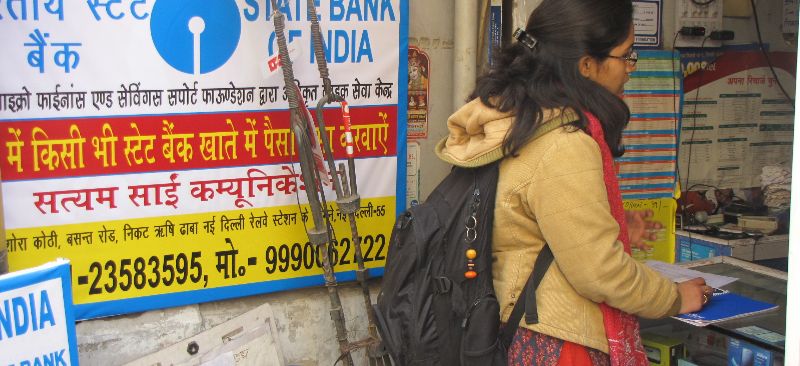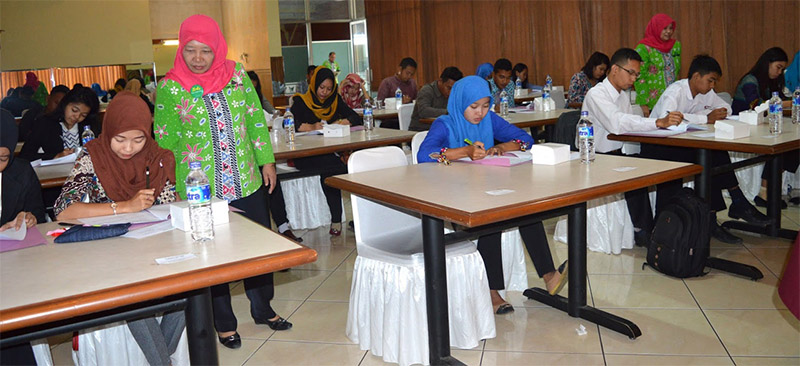“This Note explores opportunities for business correspondent network managers (BCNMs) to make their agent networks viable, ensuring stability of deployments, and a win-win value proposition for all stakeholders. It discusses the need to optimize use of agent networks and enhance their business case through product diversification.
The note states that business correspondent agents in India will need a compelling business case to stay motivated and actively engaged, as deployments mature and revenue from account opening dries up. An institution may choose between various opportunities to meet agent expectations, depending on its operational context. The note highlights four broad options that BCNMs can explore to enhance viability of agents. They are:
Selling and servicing asset and liability products of partner banks;
Offering generic payments solutions;
Offering tailor-made payments solutions for businesses;
Selling third party products.
Moreover, under the national e-governance plan, Government of India aims to provide government to consumer (G2C) and business to consumer (B2C) services through a network of customer service centres (CSCs) in the country. Leveraging the CSCs infrastructure can be a significant opportunity for agents and BCNMs alike.
“


